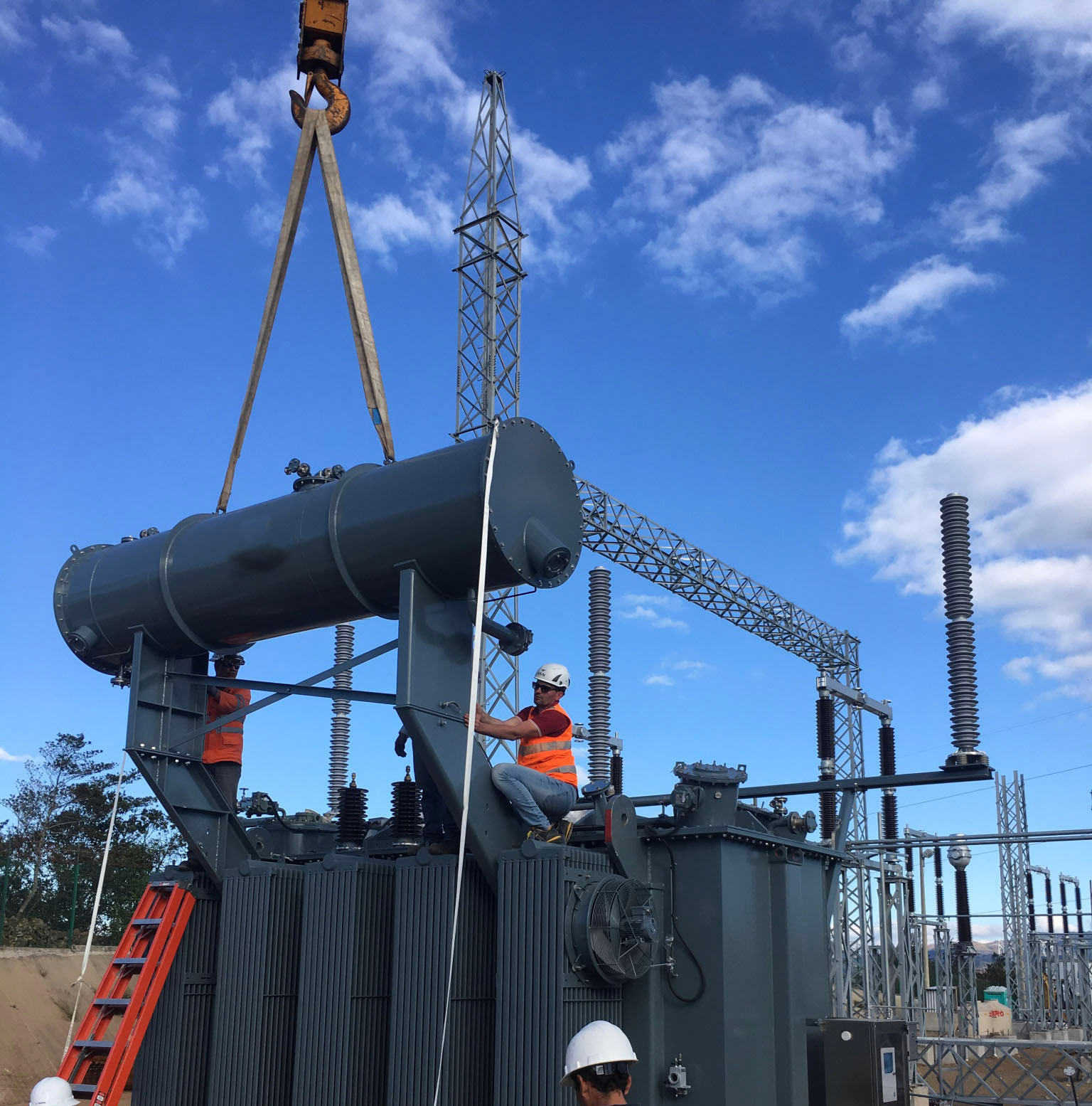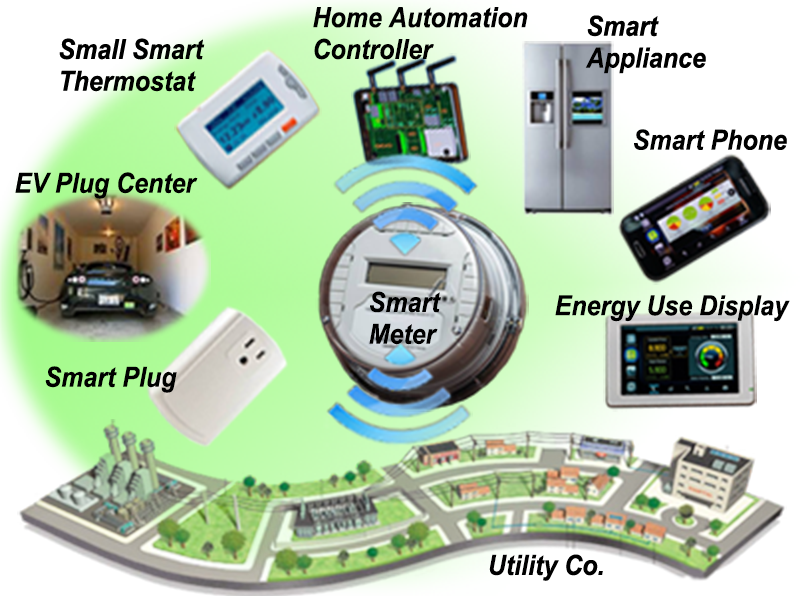

The goals of the RFF workshop were to discuss the nature of these barriers, learn what the latest research has to say about solutions in this space, and identify opportunities for partnerships among academics, utilities, and private-sector companies and data aggregators for future research.

To date, existing regulatory, technological, and economic barriers have hindered progress in the efforts to use these tools to effectively shape electricity demand and integrate renewables into the grid. In December 2021, Resources for the Future convened a group of economists, industry officials, policymakers, data aggregators, and regulators to discuss the role that time-varying pricing, device automation, and high-frequency data can play in shaping electricity demand and aiding in the effort to integrate renewables into the grid (i.e., accommodate variable generation from renewables in grid operations and load balancing). To realize the ambitious clean electricity goals of many states and the Biden administration, variable renewable energy sources will need to be effectively integrated into the electric grid. Moving forward, there are ample opportunities for researchers to partner with smart thermostat and other smart device companies, nonprofits, and data aggregators for insights on effective strategies to engage flexible demand from the vast amount of high-frequency consumption data made possible by smart meters. Advances in machine learning may also help utilities effectively evaluate the consumption impact of different types of electricity rates. Recent research provides reason for optimism, however, as consumers appear to be cognizant of prices and willing to cede control of some types of electricity consumption to automated processes. These barriers include regulatory inertia, fears of retail bill volatility, and potentially less-effective rebates for reducing peak consumption. Existing regulatory, technological, and economic barriers have hindered progress in these efforts. RFF convened a group of economists, industry officials, policymakers, data aggregators, and regulators to discuss the role that time-varying pricing, device automation, and high-frequency data can play in shaping electricity demand and aiding renewables integration effort.

This report presents a summary of an online workshop convened by Resources for the Future (RFF) in December 2021.


 0 kommentar(er)
0 kommentar(er)
